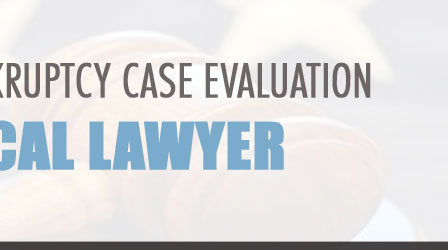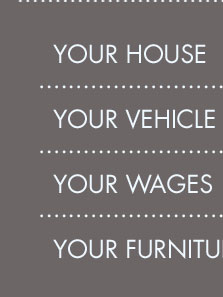 |
 |
 |
|---|
 |
 |
 |
|---|---|---|
 |
 |
 |
 |
 |
 |
|---|---|---|
 |
 |
 |
 |
How to File for Bankruptcy in Texas: A Comprehensive Guide
Understanding Bankruptcy Options
Filing for bankruptcy can be a daunting process, but understanding your options is the first step. In Texas, you typically have two main types of bankruptcy to consider: Chapter 7 and Chapter 13.
Chapter 7 Bankruptcy
Chapter 7 is known as liquidation bankruptcy. It's designed for individuals who cannot pay their debts. This process involves selling non-exempt assets to pay creditors.
Chapter 13 Bankruptcy
Chapter 13 allows you to keep your property and repay debts over time, usually three to five years. It's suitable for those with a steady income.
Filing Process in Texas
The process involves several steps:
- Counseling: Attend a credit counseling session from an approved agency.
- Documentation: Gather financial documents, including income, debts, and asset information.
- Filing: Submit a bankruptcy petition to the Texas bankruptcy court.
- Automatic Stay: Once filed, creditors must stop collection efforts.
- Meeting of Creditors: Attend a meeting where creditors can ask questions.
- Discharge: If approved, most of your debts will be discharged.
For those in need of professional advice, consulting a bankruptcy attorney in Tampa, Florida can offer insights tailored to your situation, even if you reside in Texas.
Exemptions in Texas
Texas offers generous exemptions allowing you to keep certain assets:
- Homestead Exemption: Protects your home from being sold in bankruptcy.
- Personal Property: Includes items like clothing, vehicles, and tools of trade up to a certain value.
- Retirement Accounts: Most retirement accounts are fully exempt.
Common Mistakes to Avoid
Avoid these pitfalls to ensure a smoother bankruptcy process:
- Failing to list all debts and assets.
- Transferring property before filing.
- Ignoring the importance of a thorough financial assessment.
Consulting with a bankruptcy attorney in Toledo, Ohio can provide a different perspective and help avoid these common errors.
Conclusion
Filing for bankruptcy in Texas can provide a fresh start. Understanding the types, process, and exemptions is crucial. With proper guidance, it can lead to a more stable financial future.
FAQ
What is the difference between Chapter 7 and Chapter 13 bankruptcy in Texas?
Chapter 7 involves liquidating assets to pay off debts, while Chapter 13 allows for debt repayment over three to five years without asset liquidation.
How long does bankruptcy stay on my credit report?
A Chapter 7 bankruptcy stays on your credit report for up to 10 years, whereas Chapter 13 remains for up to 7 years.
Can I keep my house and car if I file for bankruptcy in Texas?
Yes, Texas laws provide exemptions that often allow you to keep your house and car, especially under Chapter 13 bankruptcy.
If you have filed for bankruptcy, it is important that you notify the Child Support Division immediately. The relationship between child support and bankruptcy ...
Those who are eligible for Chapter 7 are not required and have the choice to file Chapter 13. The Texas bankruptcy law outlines the exact formula for ...
If a person recently moved to Texas, they may file for bankruptcy in Texas as long as they have lived in the state for at least 91 days during the six months ...
![]()